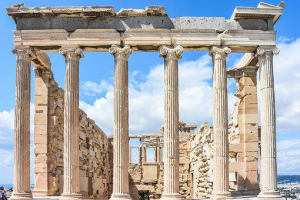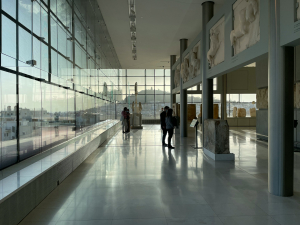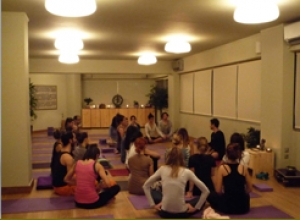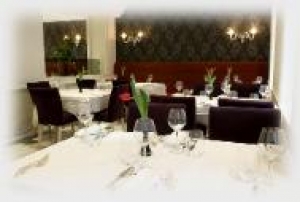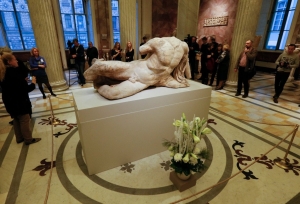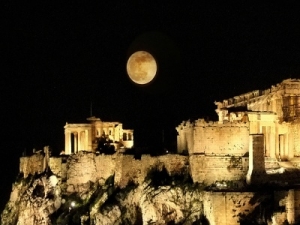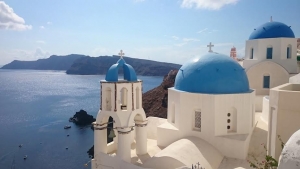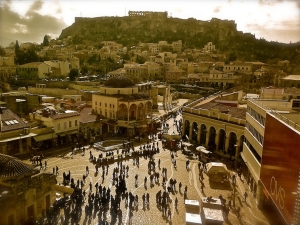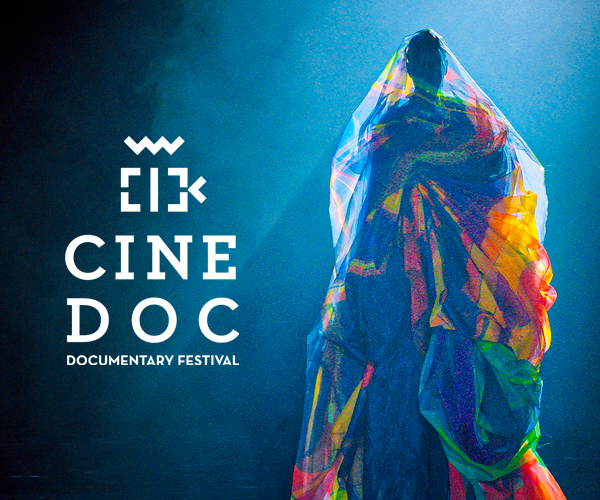This Christmas, the Acropolis Museum invites you to celebrate with imaginative children’s workshops, ancient festive traditions, guided tours through the collections, live music on the ground floor, and the striking Lamassu – a winged bull by Michael Rakowitz – in the Museum gardens. Browse unique gifts, including the 2026 lucky charm, at the Museum Shop, and enjoy seasonal dishes at the restaurant for a complete festive experience.
Children’s Program & Workshop: "Winged Mythical Creatures and the New Year’s Charm"

Young explorers are invited to join archaeologists on a magical adventure through the exhibits to discover the lucky charm of the new year. Along the way, they’ll meet winged figures – guardians, messengers, or challengers – solve riddles, and collect magical objects. The journey ends in the Educational Centre, where children can decorate their own clay charms to take home.
Dates: Saturday 27/12 & Sunday 28/12, 11:00 a.m. (ages 6–12, in Greek)
Children’s Workshop: "The Iresione and the Carols"
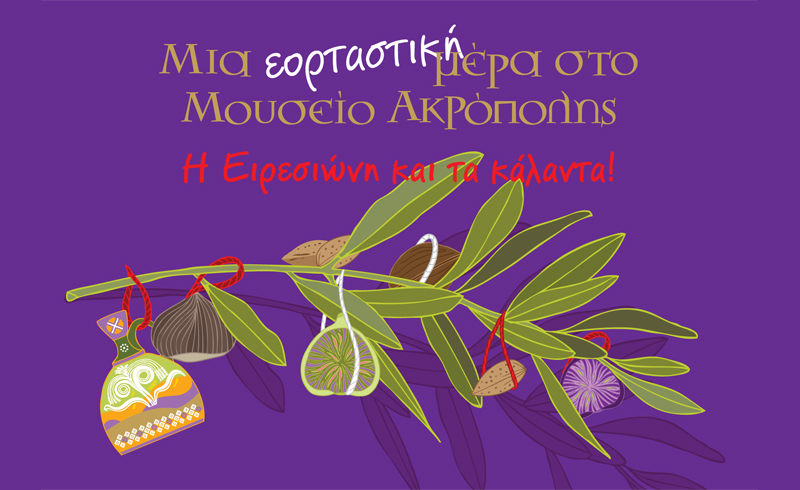
Children will decorate the Iresione, an olive-branch ornament, just as ancient children did, and sing traditional carols celebrating the New Year. Their creations will also adorn the Museum’s Iresione in the Kids Corner.
Dates: Monday 29/12 & Tuesday 30/12, 11:00 a.m. & 1:00 p.m. (ages 6–12, in Greek)
Music on the Museum Ground Floor
-
Sunday 21 December, 12:00 p.m. – El Sistema Greece Youth Orchestra
Young musicians from 40 countries perform a repertoire blending classical works, Christmas melodies, and pieces promoting peace, under Kyriaki Kountouri. Artistic Direction: Zoe Zeniodi.
-
Monday 22 December, 12:30 p.m. – Cretan “Vrakofori” Dance Ensemble
Experience traditional Cretan dances and carols under Giannis Petrakis.
-
Saturday 27 December, 12:00 p.m. – Hellenic Air Force Band
Enjoy New Year melodies performed by the historic band, conducted by Flight Lieutenant Konstantinos Drakos.
Exploring the Galleries of the Acropolis Museum
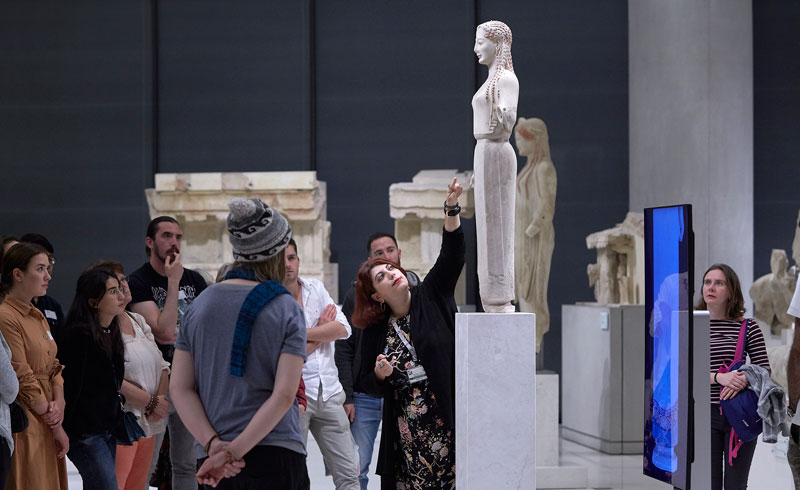
Every Saturday at 10 a.m. in English and 1 p.m. in Greek, archaeologists guide visitors through the exhibitions, sharing hidden stories and insights from the Acropolis, its monuments, and the ancient world.
Gallery talk: "The Erechtheion: A journey through a remarkable monument"
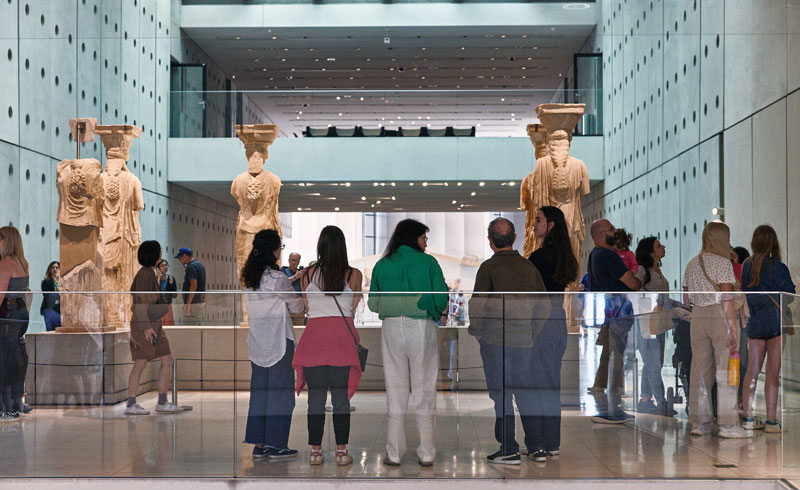
On Sunday 28 December at 1 p.m., join archaeologists for an in-depth look at the Erechtheion, one of the Acropolis’s most iconic monuments, exploring its architecture, sculptural decoration, sacred traditions, and myths. Program held in Greek.
Lamassu of Nineveh – Michael Rakowitz & Ancient Cultures, Part 2
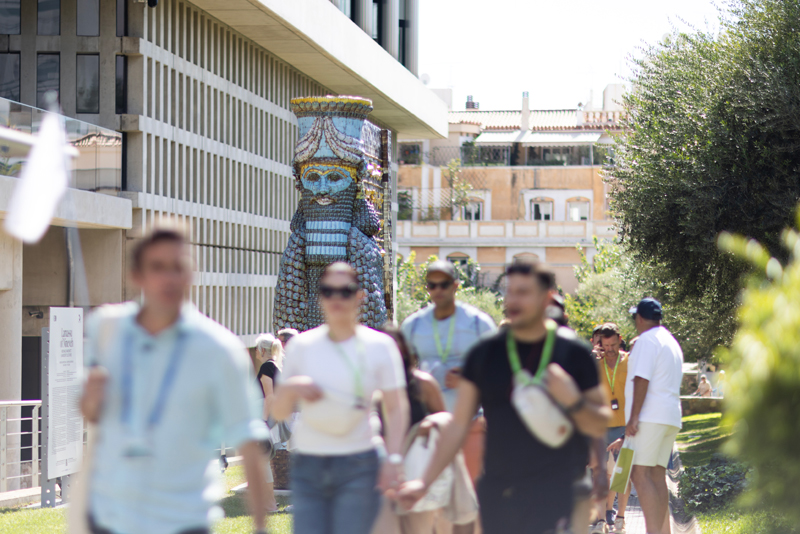
Visitors can view the Lamassu of Nineveh, a 4.3-metre winged bull with a human face, reconstructed from Iraqi date syrup cans. This striking installation dialogues with the archaeological layers beneath the Museum, the sacred Acropolis above, and the modern city surrounding it.
At the Museum Restaurant with a View of the Acropolis
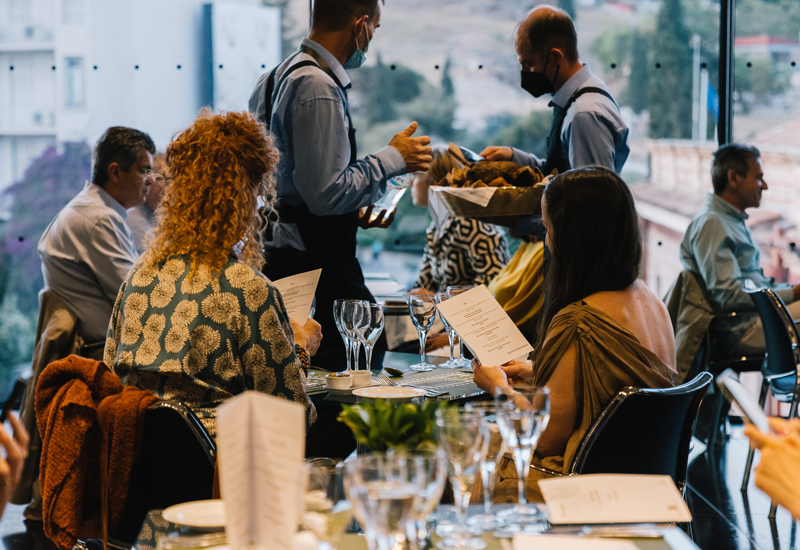
Every Friday and Saturday evening (except 26/12), enjoy festive dinners overlooking the illuminated Acropolis until midnight. On other days, combine your visit with coffee, dessert, and holiday musical events. Reservations: (0030) 210 9000 915
Festive Gifts at the Museum Shop
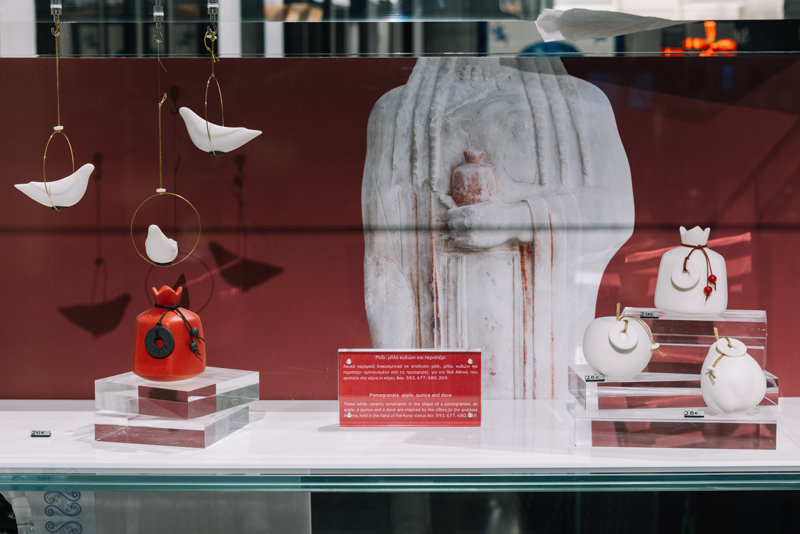
Discover beautiful decorative items and unique gifts, including the Museum’s 2026 lucky charm, inspired by the 6th-century mosaic floor patterns of Building Z. These pieces reflect the wealth, prosperity, and craftsmanship of the ancient Acropolis, making perfect festive gifts.
For more information, please visit theacropolismuseum.gr.

